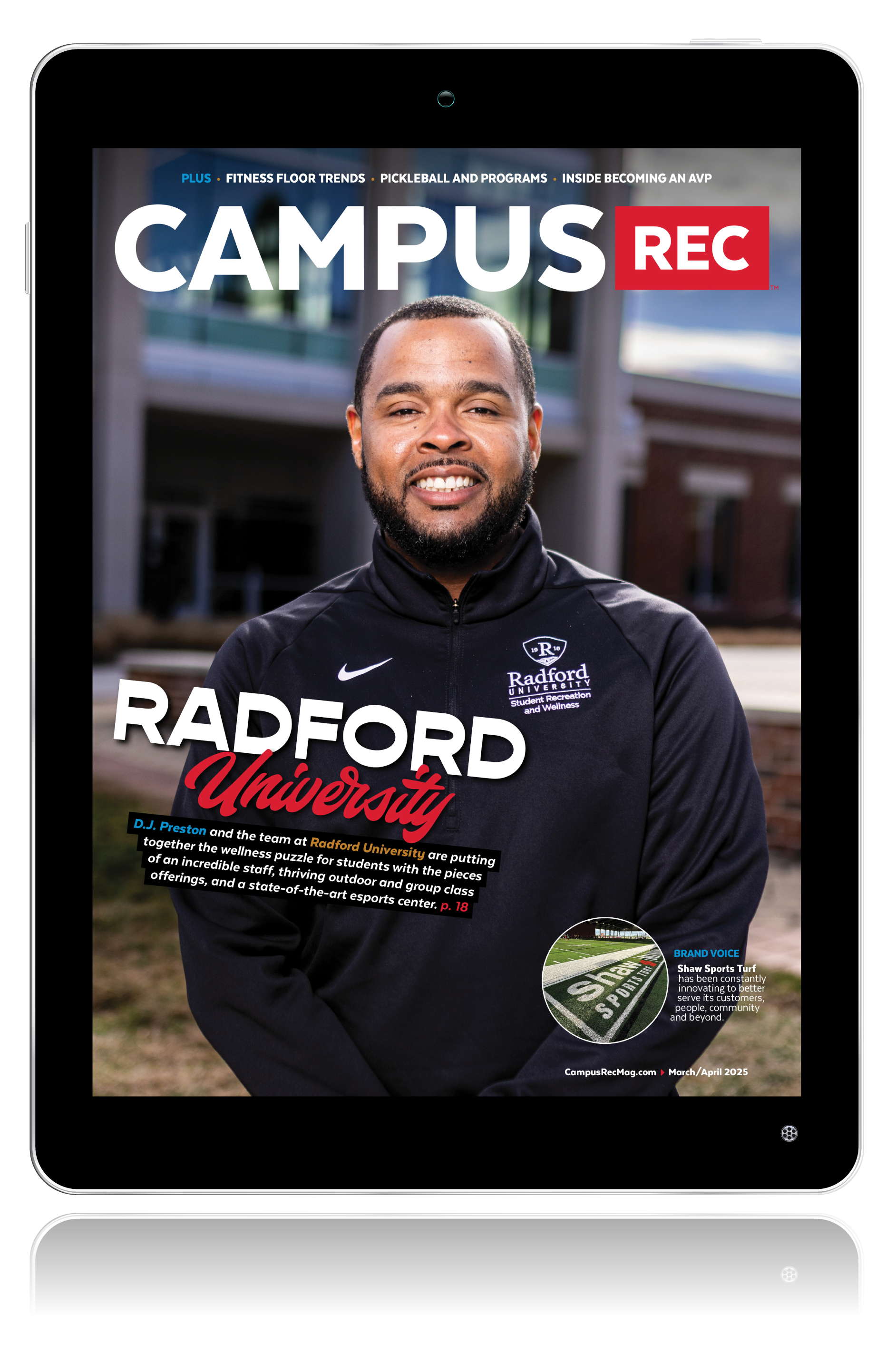When talking about concussions at the University of Michigan, Lexi Chaput explained the key word is proactive. But what does that mean?
“The way we are proactive is to educate our students on signs, symptoms, dangers of concussions and how to respond to them,” said Chaput.
She explained that involves educating three main groups: student supervisors, student safety officers within each club, and coaches of the club teams. Each party will watch a 20-minute webinar developed by the university’s neurosport department. Plus, any student in club sports signs a waiver with an entire page dedicated to head injuries, which includes a four-minute informational video.
The student supervisors and student safety officers receive further training with the club sports coordinator.
The overarching idea of partnerships with students is key. “In our coaches meeting in the fall, we talked about the empowerment we’re placing on these safety officers, that these are student organizations, and that leadership is a valuable part of what students get out of participation and the fact that if there’s a disagreement, our expectation is you err on the side of safety,” said Chaput. “They are a student organization. Students are essentially running the program, and the coaches are partners in that. It’s not an us versus them; it’s how do we collectively find success while maintaining safety, policies and procedures.”
Over at Kennesaw State University, all athletes participating in club sports will take the IMPACT test — an online evaluation that looks at brain function. This gives Hiro Kariya, the head athletic trainer for the Sports and Rec Department, a baseline to work with. Should a student suffer a concussion, Kariya said there are three steps he takes. First the student will retake the IMPACT test so he can evaluate the new score versus the old. He will also conduct a paper test that involves asking for memories, balance, etc.
Once Kariya does his evaluations, he has the student come in every day to monitor their symptoms. “If they can’t come in, they’ll just send me an email instead of driving all the way, because they shouldn’t be driving with a concussion,” he said.
After a span of 48 hours with no symptoms, Kariya will have them take another IMPACT test to determine if they can go into the Return to Play protocol. The protocol takes five days of slowly ramping up exercise to full participation on the fifth day, all the while monitoring the athlete’s symptoms.
It takes a lot of resources to manage concussions. Kariya’s number one recommendation is to have a certified athletic trainer. This could mean partnering up with the athletic department, the physical therapist school on campus or a local hospital.
Chaput recommended being clear about your concerns and limitations with risk management. She has found a good compromise in alleviating liability by educating and empowering students. “We’re not preventing concussions, but we’re doing some things on the front end to try and diagnose later on, or potentially get clearance in advance,” added Chaput.










